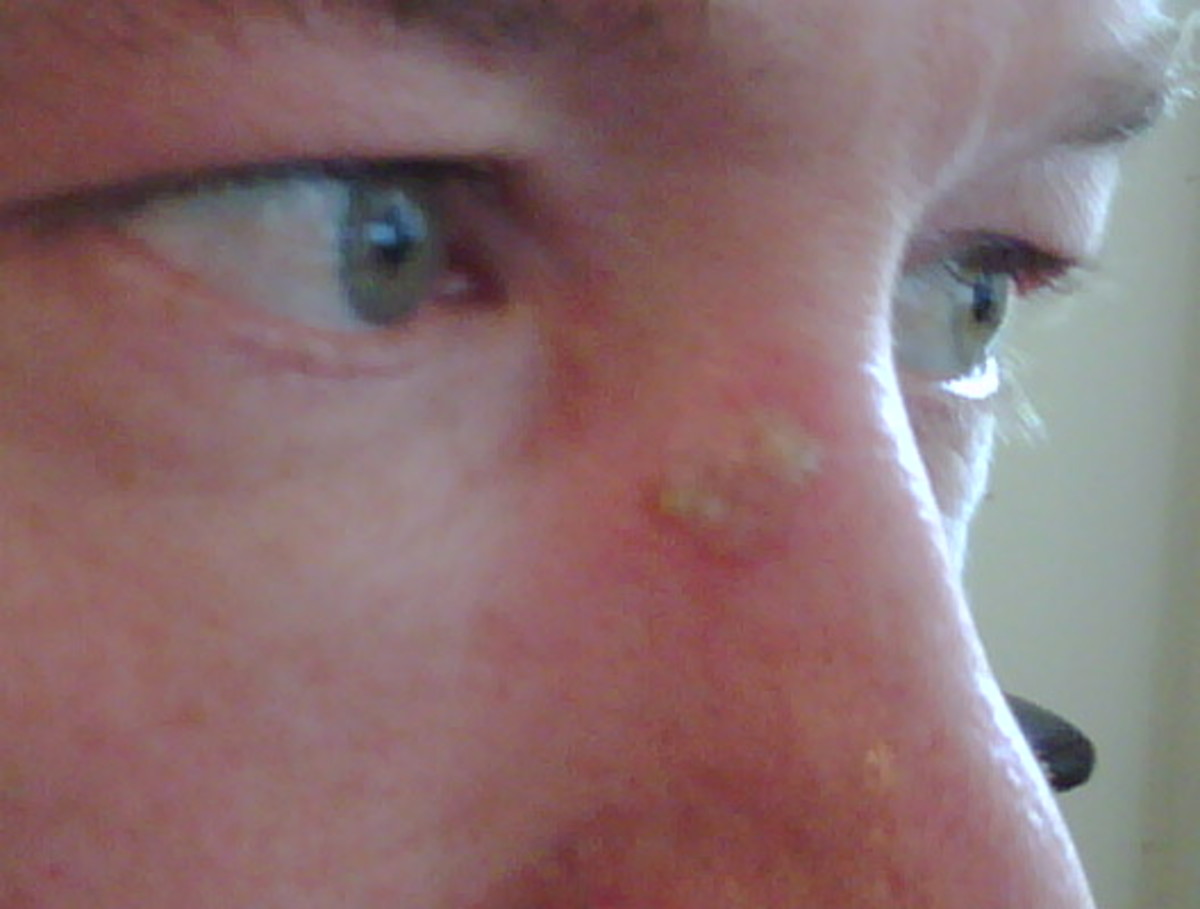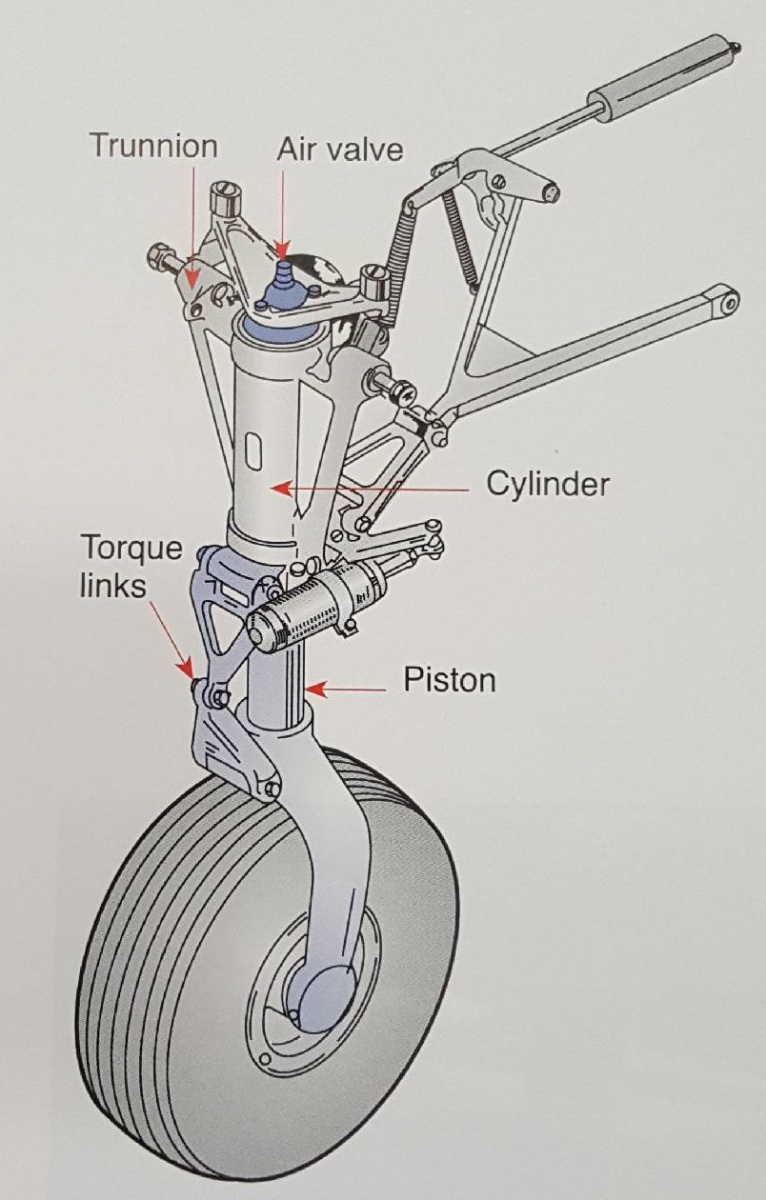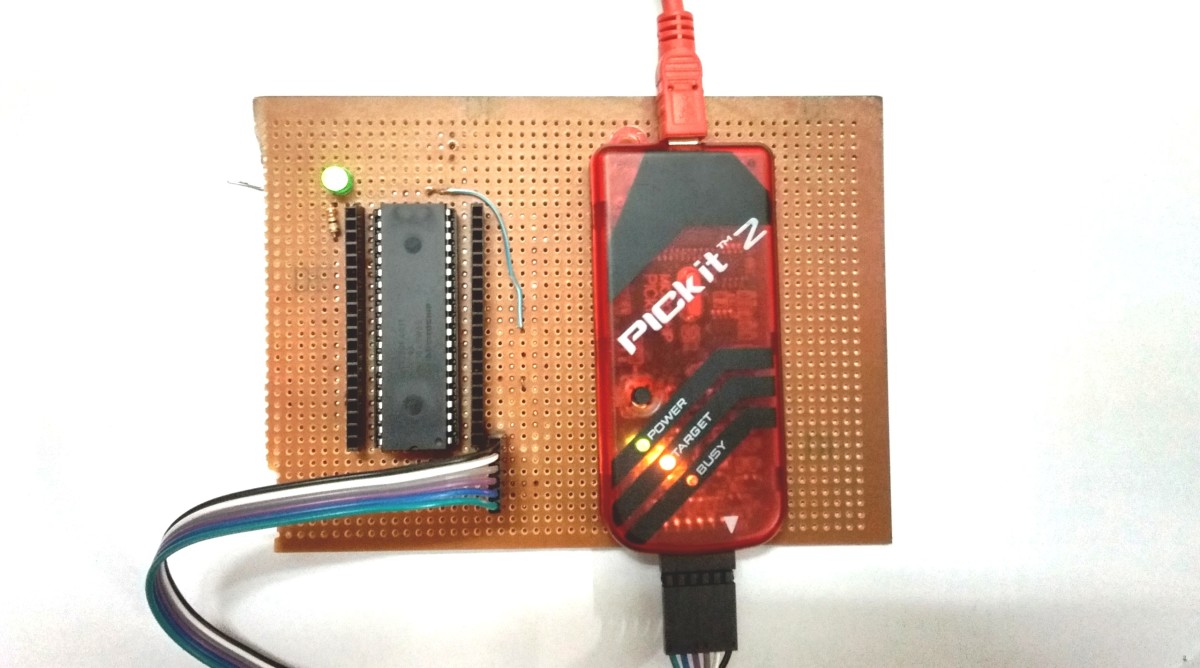Liquid nitrogen may be used to contain radioactive leaks
Liquid nitrogen may be injected into the ground under a nuclear power plant,to prevent radioactive coolant from leaking into ground water.
On March 11,2011, there was an earthquake off the coast of Japan, that caused a tsunami. The Fukushima nuclear power plant was damaged,and it began to leak radiation. News reports on April 5,2011 said that some of the radioactive coolant from the Fukushima plant was leaking into the ground underneath the plant, and the coolant had also leaked into the Pacific ocean. Could leaks like this be prevented in the future? It may be possible with liquid nitrogen.
Nitrogen is a gas that makes up 78 per cent of the Earth's atmosphere. Nitrogen is harmless to the human body, we are all breathing nitrogen right now. Although nitrogen exists as a gas at normal room temperature, it changes into a liquid if it is cooled to a temperature lower than 320 degrees F. below zero. At the Fukushima plant, they reported that radioactive cooling water had been leaking from one of the plant's ruptured containment vessels. This radioactive water was leaking into the soil, and it was feared that it would contaminate ground water. If a nuclear accident similar to the Fukushima accident occurs in the future, it might be possible to contain the leaking coolant by injecting liquid nitrogen into the ground. This containment method would require a large supply of liquid nitrogen, and at least one drilling rig. Ideally, it would involve the use of several drilling rigs, so that a large area of soil around the plant could be stabilized with liquid nitrogen injection. The drilling rigs used for liquid nitrogen injection would be adapted from oil drilling rigs, and they would have to include powerful pumps, so large amounts of liquid nitrogen could be pumped into the ground.
When a large amount of liquid nitrogen is pumped into the ground, it will cause the soil to freeze. This frozen soil should act as a barrier, that prevents the radioactive coolant from spreading. Indeed, the radiactive coolant itself will freeze when it comes into contact with the liquid nitrogen, and the radioactive coolant will be easier to handle if it is frozen. If the radioactive coolant is not frozen, it would spread through the ground and will mix with the ground water, and would lead to widespread contamination, but if the soil around the damaged nuclear power plant is frozen with liquid nitrogen, the spread of the coolant could be contained. To determine if liquid nitrogen could be used for this purpose, the ground underneath the power plant must be studied. If the power plant was built on top of solid rock, liquid nitrogen injection would be useless, because the liquid nitrogen cannot penetrate solid rock, but if the plant was built on a layer of soil, the drilling rigs could be used to inject liquid nitrogen. Coming into contact with liquid nitrogen essentially turns any ground water into ice, and therefore it creates an ice dam underground. It would be impossible for radioactive coolant to penetrate this ice dam. Liquid nitrogen injection could be developed as a practical method of containing coolant spills at nuclear power plant accidents in the future.








